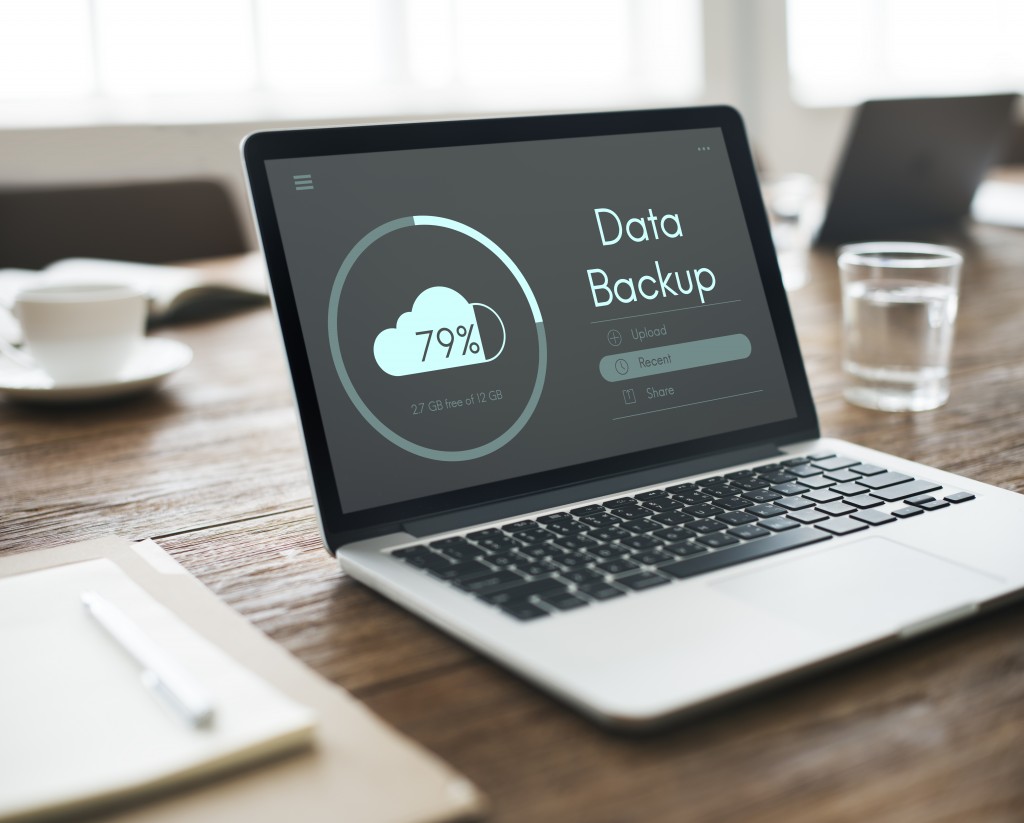Technology advancement is continuously providing our society with plenty of innovative solutions for both personal and corporate ventures. Indeed, myriads of digital tools are available in the market to serve different business requirements, from project implementation to product marketing.
One particular area that every organization must take into account is backup. Backup typically refers to a copy of data that can be recovered in instances that original items are destroyed or lost due to deletion or mechanical mishaps.
In other words, backup is a means of protecting data. Accordingly, backup solutions focus on securing data by copying it to a storage, which can be in-house or managed by an external server. Whenever elements are altered, corrupted, or deleted, having their digital copies on hand allows users to restore lost data or earlier versions of the documents conveniently.
Here, we'll discuss the several ways you can level up your backup to prevent data loss.
Avail cloud data backup services

Utilizing a cloud data backup system from a service provider allows you to lessen risks of data loss from cases like hard drive failure, power surges, and other threats that can potentially delete, destroy, remove or obstruct your access to your data.
A cloud backup service operates by sending and saving computer data to an offsite location or server that is often hosted by an external network or third-party provider which receives payment for its services. The amount of the fee depends on factors like the number of users and capacity of storage.
Margaret Rouse of Tech Target reports that cloud data backup implementation can drastically boost an enterprise’s data protection strategy and allow data recovery to be a much easier task without having to resort to increasing an IT staff's workload. Thus, a business can be saved from additional labor costs.
However, if you don't want to spend on monthly charges from an external server, there are also simple ways to manage your data by yourself. These will be discussed in the next items.
Manually save your data in backup storage
You can manually save your data in your backup storage by simply making copies of them. However, you can also utilize more advanced options such as data archiving. Archiving is different from backup, primarily in the sense that archives are less easier to access on a regular basis. But, like a backup system, archives are an effective way of storing, managing, and recovering data.

Additionally, you should look into data retention for digital information assets like your mailbox. If you are using Office 365, you can utilize Exchange Online Archiving. You can also enable the unlimited archiving feature which is called auto-expanding archiving. This provides an unlimited amount of storage in archive mailboxes for your O365 email backup so that you will not run out of storage space even after reaching the original quota.
Install a recovery software
There are multiple types of data recovery software and applications that can help recover different forms of data, from documents to multimedia like videos and music. They even offer sophisticated features like facilitating the creation of a byte-by-byte copy of your disk after detecting an initial mechanical failure and providing alerts to notify you about technical anomalies that can hinder data recovery.
The best part? A lot of them are free. Just verify the credibility of the developer and beware of fake versions as these may bring the damaging virus to your computer and electronic devices.
Having a well-performing data backup system is essential because data loss can affect your operations significantly. Moreover, in litigation cases, having copies of email exchanges is highly important. Therefore, you must exert effort in ensuring that your business has efficient archives and databases.

